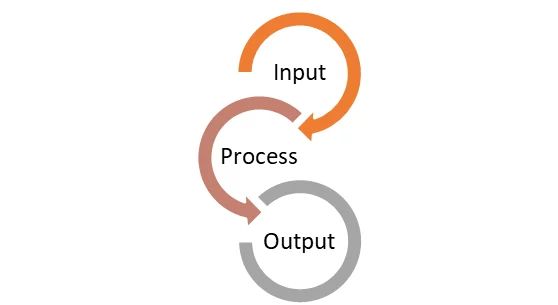Tag: Meta System
-
Build a Business Process Management System – Meta System Square
Introduction Recall the article Build a Business Process Management System – System Index Concepts that there are 3 system index levels including System, Meta System and Meta System2 , this article is go to discuss the Meta System2 level. Problems in Relational Database To understand why there is a need in Meta System2, it should…
-

Build a Business Process Management System – BFs-WAITER Pivot Table
Introduction Recap from the article Build a Business Process Management System – Stage of System Building that the MSC Matrix (Modelling – Standardisation – Coding) describing different stages of building a system. In this article, we dive into how we observe the real world to do the Modelling by using the BFs–WAITER Pivot Table. Definition…
-
Build a Business Process Management System – Stage of System Building
Abstract The Meta System aims to create a system that can, in turn, build other systems. This implies the presence of repetitive patterns or tasks that can be identified and reused within the Meta System. In this article, we will elaborate on and evaluate these patterns. Stages of Building a System First thing first, the…
-

Build a Business Process Management System – System Index Concepts
Definition What is Business Process Management System Business Process Management System is the system which you want to standardize and automate literally any business procedures happened in your business routine. While some of the Business Process Management System, for example , a CRM System (Customer Relationship Management) is mature and well modularized which you can…
